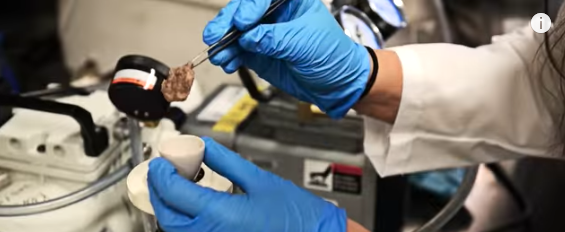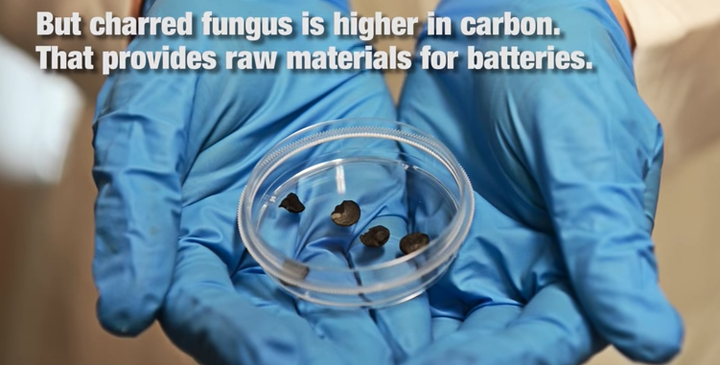This article is part of HuffPost’s “Reclaim” campaign, an ongoing project spotlighting the world’s waste crisis and how we can begin to solve it.
Perhaps you’ve come across a seemingly clever T-shirt that suggests you “Save water. Drink beer.” Of course, nothing could be further from the truth. For every pint of beer you drink, a bucket of water basically goes down an expensive drain.
A laboratory in Colorado is trying to change that. Researchers there are using the sugar-rich wastewater from brewing to produce efficient, naturally-derived lithium-ion battery electrodes that could be used for your smartphone or laptop.
Here’s how it works: When a batch of beer is made, there is often some leftover wort ― the solution of sugars that will become beer ― that never reaches the fermentation process. Additionally, a ton of water is required to wash out the fermentation vessels used to make the finished product. These are the main two sources of brewery wastewater.
Instead of undergoing an expensive filtration process, the wastewater is used to nurture a fast-growing fungus called Neurospora crassa. The brewery waste is shaken and heated in the lab to create ideal conditions for the fungus to grow. After two days, the fungus is heated to extreme temperatures. This charred product is high in carbon and an ideal material for batteries.
“The core of the technology was an attempt to try to make a very important material, one that is used in energy storage in particular ... but do it in a way that is environmentally friendly,” Tyler Huggins, who started researching the technique as a graduate student at the University of Colorado Boulder’s Department of Civil, Environmental and Architectural Engineering.

Huggins says he and his colleagues “went to nature for inspiration” to avoid the shipping costs and energy-intensive processing typical to the manufacturing of batteries.
“Our process, on the other hand, cultivates the feedstock (fungal biomass) on sight, and we control the chemical and physical properties upfront so it does not have to be converted to make the final material,” Huggins told The Huffington Post.
The research team found that their product contains a slightly higher energy density than conventional graphite materials common to lithium-ion batteries. And, of course, the beer-to-battery method is much cleaner.
With the knowledge that they have a working process, Huggins and his colleagues started a company called Emergy to explore making the product a commercial success.
The researchers first collaborated with Avery Brewing in Boulder for their supply of unfiltered wastewater. They have since reached out to other breweries as potential partners.
Huggins explained that breweries recognize the challenge they face and are energized to meet it.
“One thing that has been a pleasure working in this industry, from the small craft guys to the large breweries, is that they are all really progressive,” he said. “They know this is an issue and they are actively trying to solve it.”

More stories like this:
- Americans Waste A Ridiculous Amount Of Turkey At Thanksgiving
- Restaurants Officially Have No Excuse Not To Donate Leftover Food
- A Whole New Kind Of Grocery Store Is Coming To The U.S.
- This Guy Spends $2.75 A Year On Food And Eats Like A King
- Genius Solid Shampoos Use No Plastic Packaging By Leaving Out Water
- Meat Eaters Should Have Been Listening To Vegetarians All Along

